
Located in the heart of the city, The Indianapolis Museum of Art is the fifth largest general art museum in the country, and is sure to amaze and delight all who visit. The museum celebrated its 125th anniversary in 2008, and with it’s new addition of “100 Acres,” proves that it will continue to thrive for many generations to come. The very best part, and I am still in disbelief about this, is that touring the permanent collection and gardens at the museum is completely free.
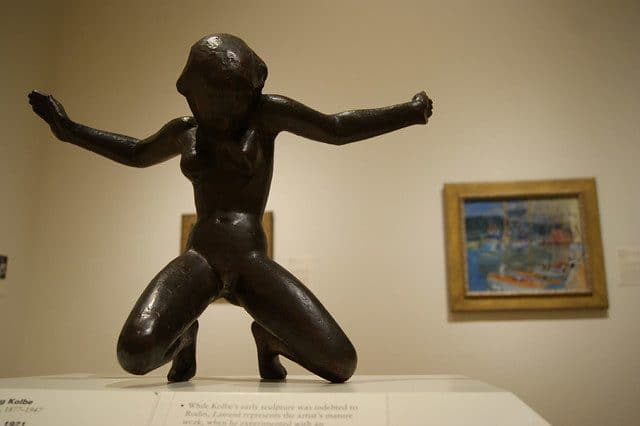
Housing a phenomenal collection of American and European art, you can spend hours just walking the second floor. Monet, Picasso, Bernard, Gaugin, VanGogh, Seurat, and Renoir are all represented in the European collection. The galleries are beautifully organized in a way that highlights schools and styles of painting, and the descriptions provide insightful details about the pieces.
This creates a beautiful story of the history of art immediately in front of you. The museum has wide open gallery spaces that are handicap accessible and convenient for children to have ample room to move. Want to add to the story of the art in the room? Try to mimic the sculptures!
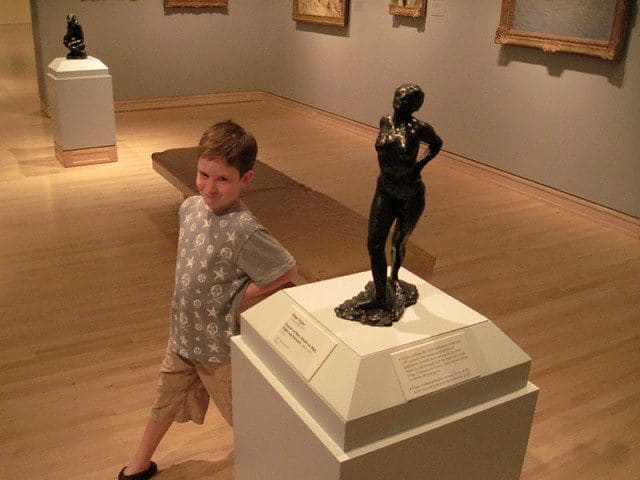
The museum allows still photography without the use of a flash, and you are permitted to sketch with pencils in the galleries. I would love to share all of the photos I took of the paintings, but that could make for quite a long post!
Nothing replaces seeing these works in person. No matter what developments we make in technology, there is nothing like standing in front of a painting by a master artist. Look at the glorious brushstroke and color in this detail of “The Seashore” by Jean Metzinger. Don’t you just want to touch that beautiful bumpy paint?

My whole family was fascinated by the variety of gallery spaces within the museum. This double loggia was such a noble space with its open courtyard, high ceilings, and grand staircase.
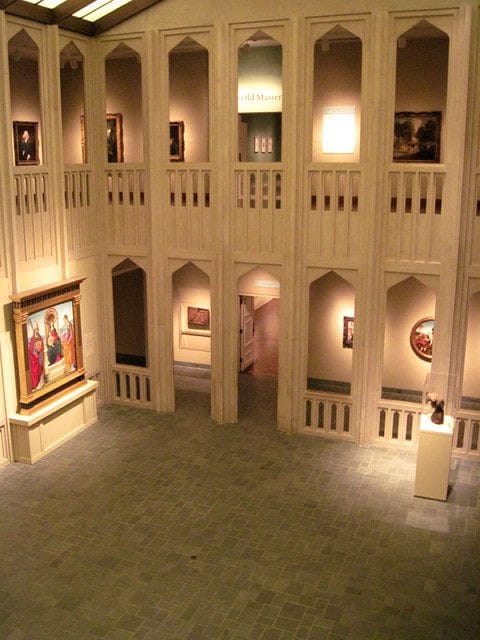
In the Hunt Rotunda Gallery, you will be awed by this large, original stained glass window by Tiffany Studios. Commissioned in 1901 by Mrs. Benjamin Harrison to honor her husband, the 23rd President of the United States, “Angel of the Resurrection” is the lower half of the large window that was installed in the First Presbyterian Church of Indianapolis, where he served as an elder for more than 40 years. To give you an idea of scale, this portion of the window is about 30 feet wide by 14 feet high. We sat for awhile and just marvelled!

Art lovers of all ages will enjoy the variety of interior spaces within The Indianapolis Museum of Art. From historic architectural to sleek contemporary, this museum does an excellent job of demonstrating the many ways art fits harmoniously into our lives.
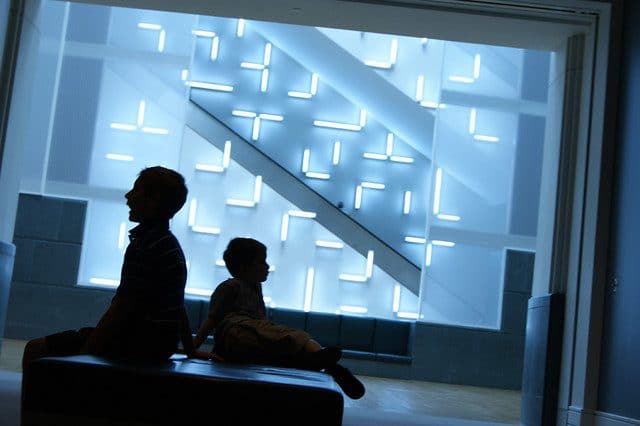
 For someone from the high plains desert of Colorado, strolling through the lush gardens of Indiana was invigorating! Classical Gardens are so lovely, and the Museum Gardens provide examples of both the formal and informal styles.
For someone from the high plains desert of Colorado, strolling through the lush gardens of Indiana was invigorating! Classical Gardens are so lovely, and the Museum Gardens provide examples of both the formal and informal styles.
Crisp white arbors were stunning against the rich green hedges of the Richard D. Wood Formal Garden. Brilliant purple iris blooms swayed in the breeze to the song of the bubbling fountain in the garden’s center. In a more informal setting, romantic stone statuary stood calmly within a dense wooded grove of ferns and ivy, providing a shady respite from the warm afternoon sun.
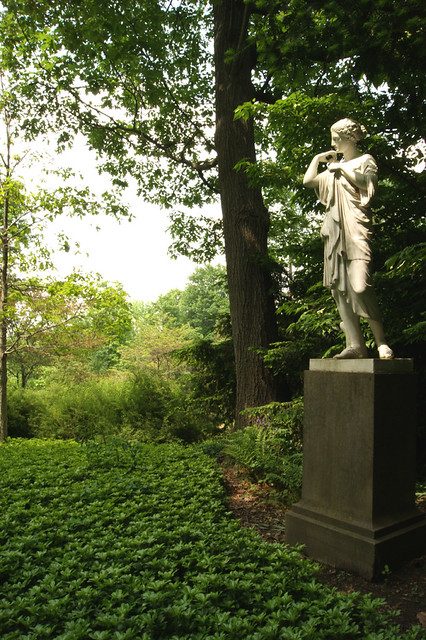
Located on 100 acres within the city of Indianapolis, 100 Acres: The Virginia B. Fairbanks Art & Nature Park is one of the largest museum art parks in the nation. It includes woodlands, wetlands, meadows and features commissioned site-responsive artworks.
Ever wanted to feel like you could be “beamed up” for a little space travel? Step under the two 30 foot-wide suspended metal rings of “Align” , and you’ll feel like it may just be possible! These rings are remarkably suspended from nearby telephone poles and oriented precisely so their shadows become one during the summer solstice.
 Have you ever experienced a somber garden space? “Park of The Laments” is a unique garden space surrounded by walls made of limestone-filled Gabion baskets. To enter the space, you must walk through an underground tunnel and then climb stairs up to the sunlight-filled garden.
Have you ever experienced a somber garden space? “Park of The Laments” is a unique garden space surrounded by walls made of limestone-filled Gabion baskets. To enter the space, you must walk through an underground tunnel and then climb stairs up to the sunlight-filled garden.
I believe your reaction to this garden, which is influenced by the manner you enter it, is deeply personal. The artist describes it as a refuge- a contemplative space for lamenting about global atrocities of the 20th and 21st centuries. I felt the space to be very confining- reminiscent of a prison yard. Though this is not a garden I would prefer to linger in, I think it is a very remarkable piece of conceptual art!
 We were so excited to see the Ruth Lily Visitors Pavilion, which is part of 100 Acres. Set deep within the 100 Acres, it is a beautiful example of architecture by Marlon Blackwell. The stunning building houses an interior space ideal for resting, reading and gathering with friends as well as drinking, restroom and emergency services.
We were so excited to see the Ruth Lily Visitors Pavilion, which is part of 100 Acres. Set deep within the 100 Acres, it is a beautiful example of architecture by Marlon Blackwell. The stunning building houses an interior space ideal for resting, reading and gathering with friends as well as drinking, restroom and emergency services.
Wouldn’t you just love to vacation in such a beautiful “cabin” out in the middle of the woods?

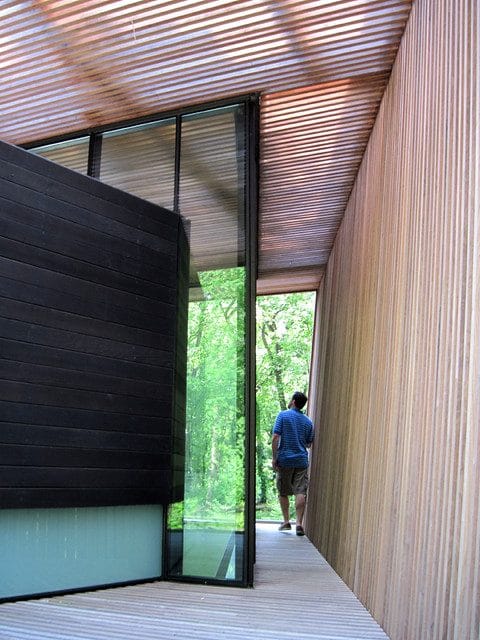
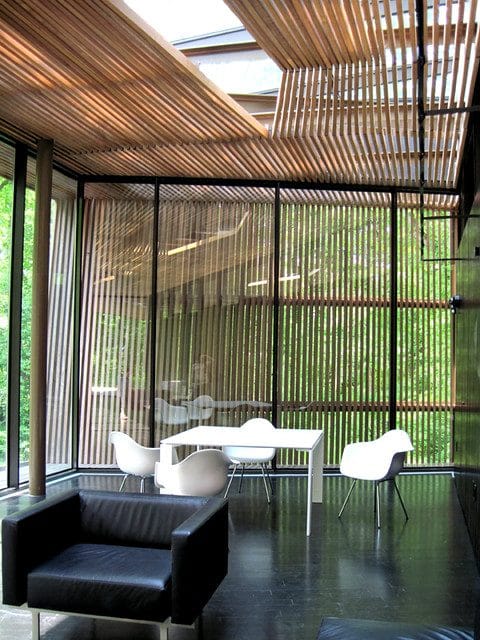 We had a wonderful time! Can you believe I’m actually only sharing the highlights of our day at the Indianapolis Museum of Art? We didn’t even get to see everything the IMA had to offer! I hope you have the opportunity to visit, and if you do, take time to hop around on “Funky Bones” – it’s sure to bring out your inner child!
We had a wonderful time! Can you believe I’m actually only sharing the highlights of our day at the Indianapolis Museum of Art? We didn’t even get to see everything the IMA had to offer! I hope you have the opportunity to visit, and if you do, take time to hop around on “Funky Bones” – it’s sure to bring out your inner child! 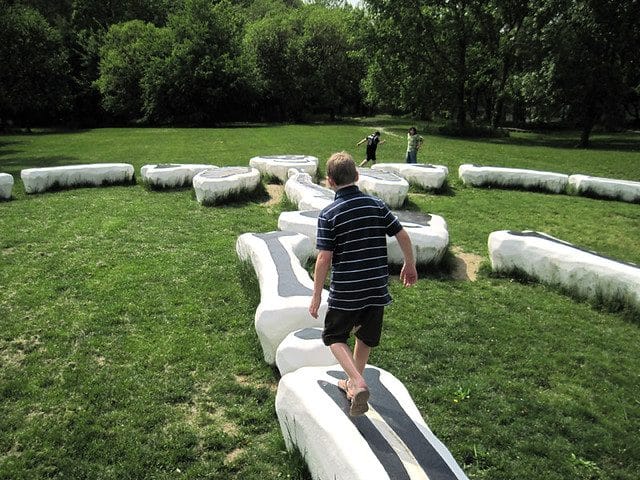
Spread The Love, Share Our Article
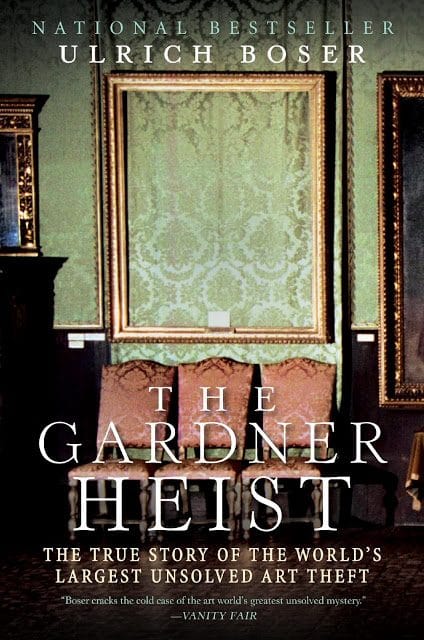 The Gardner Heist is a thrilling recount of the world’s largest unsolved art theft, at the Isabella Stewart Gardner Museum in Boston, MA. On March 18, 1990, two men broke into the museum and stole a dozen masterpieces worth over $500 million dollars. Historically significant works by Rembrandt, Vermeer and Degas, along with other precious artifacts, slipped into the dark underbelly of crime.
The Gardner Heist is a thrilling recount of the world’s largest unsolved art theft, at the Isabella Stewart Gardner Museum in Boston, MA. On March 18, 1990, two men broke into the museum and stole a dozen masterpieces worth over $500 million dollars. Historically significant works by Rembrandt, Vermeer and Degas, along with other precious artifacts, slipped into the dark underbelly of crime. 
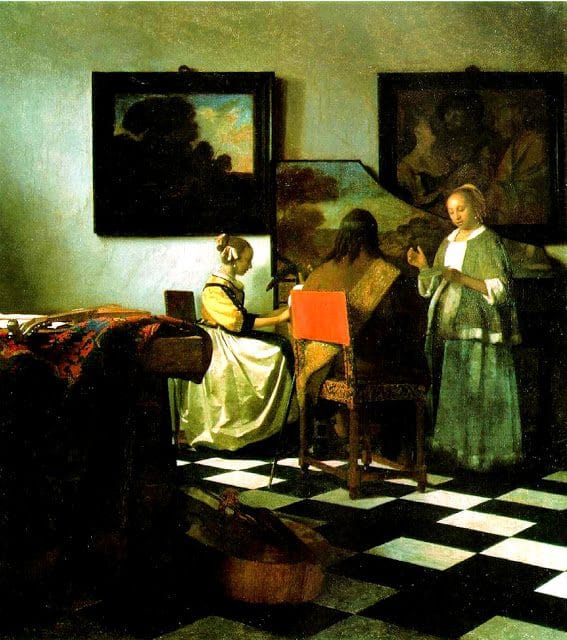
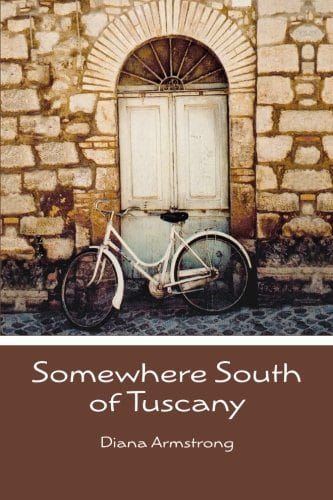


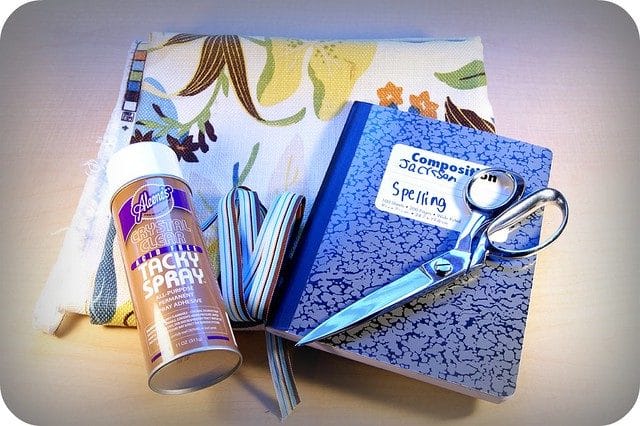
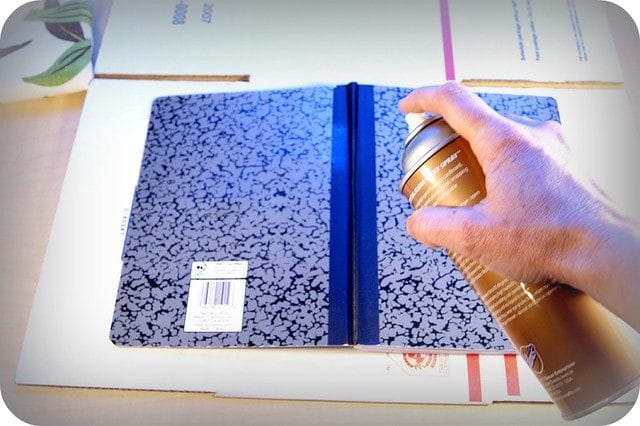
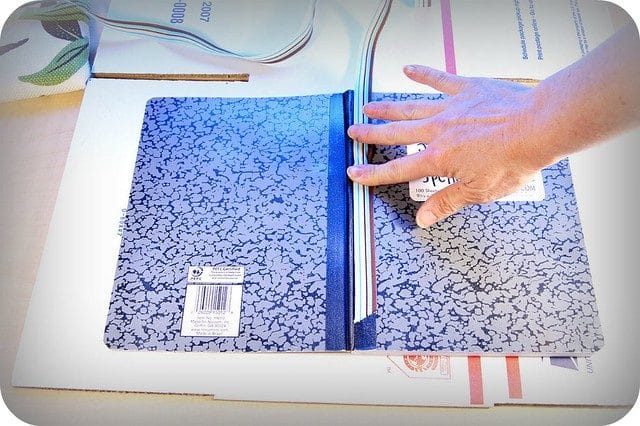




 Trim the ribbon into an attractive diagonal or dovetail end for your bookmark. If your ribbon begins to fray, add a little Fray Check or white glue to stabilize the end.
Trim the ribbon into an attractive diagonal or dovetail end for your bookmark. If your ribbon begins to fray, add a little Fray Check or white glue to stabilize the end. 








 For someone from the high plains desert of Colorado, strolling through the lush gardens of Indiana was invigorating! Classical Gardens are so lovely, and the Museum Gardens provide examples of both the formal and informal styles.
For someone from the high plains desert of Colorado, strolling through the lush gardens of Indiana was invigorating! Classical Gardens are so lovely, and the Museum Gardens provide examples of both the formal and informal styles.
 Have you ever experienced a somber garden space? “Park of The Laments” is a unique garden space surrounded by walls made of limestone-filled Gabion baskets. To enter the space, you must walk through an underground tunnel and then climb stairs up to the sunlight-filled garden.
Have you ever experienced a somber garden space? “Park of The Laments” is a unique garden space surrounded by walls made of limestone-filled Gabion baskets. To enter the space, you must walk through an underground tunnel and then climb stairs up to the sunlight-filled garden.  We were so excited to see the Ruth Lily Visitors Pavilion, which is part of 100 Acres. Set deep within the 100 Acres, it is a beautiful example of architecture by Marlon Blackwell. The stunning building houses an interior space ideal for resting, reading and gathering with friends as well as drinking, restroom and emergency services.
We were so excited to see the Ruth Lily Visitors Pavilion, which is part of 100 Acres. Set deep within the 100 Acres, it is a beautiful example of architecture by Marlon Blackwell. The stunning building houses an interior space ideal for resting, reading and gathering with friends as well as drinking, restroom and emergency services.

 We had a wonderful time! Can you believe I’m actually only sharing the highlights of our day at the Indianapolis Museum of Art? We didn’t even get to see everything the IMA had to offer! I hope you have the opportunity to visit, and if you do, take time to hop around on “Funky Bones” – it’s sure to bring out your inner child!
We had a wonderful time! Can you believe I’m actually only sharing the highlights of our day at the Indianapolis Museum of Art? We didn’t even get to see everything the IMA had to offer! I hope you have the opportunity to visit, and if you do, take time to hop around on “Funky Bones” – it’s sure to bring out your inner child! 